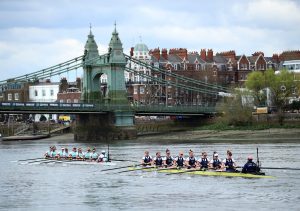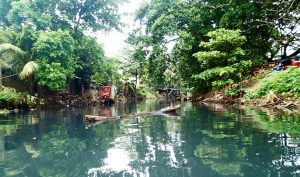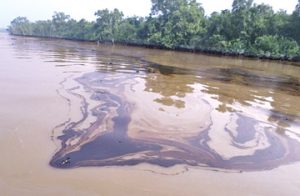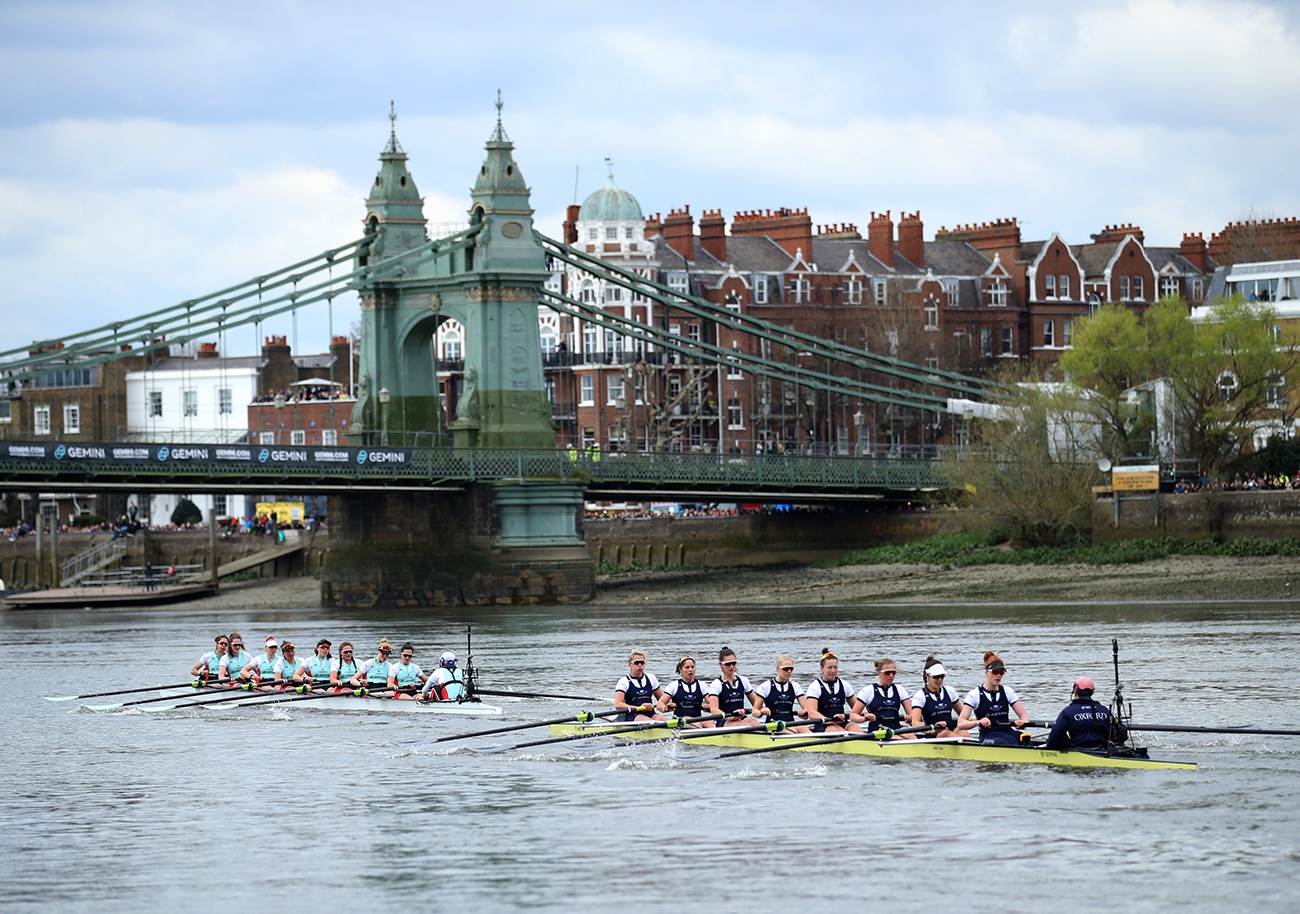Oxford rower Leonard Jenkins has voiced concerns over the water quality of the River Thames following a disappointing defeat to Cambridge in the Boat Race. Jenkins revealed that several members of the Oxford team fell ill due to the presence of the E. coli strain in the water.
Despite Oxford being favoured to win, Cambridge emerged victorious in a remarkable display.

E. coli contamination
Leading up to the event, attention was diverted when reports surfaced of E. coli contamination, prompting authorities to advise against direct contact with the water.
As a precautionary measure, traditional post-race celebrations, including the customary river plunge, were abandoned.
The Kelani River
The discussion evolving around the contamination around the Thames has triggered a global discussion
around contamination of many other rivers which has turned in to a global problem.
Kelani River, is the second largest watershed and it is the most polluted river in Sri Lanka
Due to rapid growth of industries located in close vicinity of the river and passes through the country through most populated capital city.

The main sources of water pollution in Kelani river is the land based sources such as treated and untreated industrial effluents, agricultural runoff, domestic and municipal effluents. The gravity of water pollution is apparent when examining water quality measurements of Kelani River, which meets a major part of the demand for pipe borne drinking water supplies of Colombo. Kelani River is an important source of drinking water for the Colombo District and there is a water supply intake point at Ambatale, 14 kilometers from the river mouth. However, sewage from low-income settlements and industrial effluents (especially from tanning and metal finishing and processing industries) from a large number of industries are discharged conveniently to the Kelani River.
Faecal Contamination
Even though the industries are covered with environmental protection licensing schemes, there is no regular monitoring mechanism to evaluate their meeting of discharge criteria and to control the pollutant loads discharged into the Kelani river.
The pollution status of the Kelani river and some of its tributaries were investigated from 2003 with respect to pH, Electrical conductivity, Turbidity, DO, BOD,COD, Chloride, nutrients and microbiological parameters. Also, some dissolved form of heavy metals such as Pb and Cr were analyzed. Principal component analysis revealed that the river water was negatively impacted by pollutants from anthropogenic sources as well as natural sources. Seawater intrusion faecal contamination and erosion of the soil into the river water are natural activities stressing the river water quality.

The quality of the river water at Thulduwa and seethawake ferry had inferior quality with compare to the lower reach of river and rapidly deteriorated during past three years rapidly. The ecological condition of two sampling sites indicates that the water quality is poor. The sampling site at Seethawake ferry gets the industrial waste water from the Seethawake industrial zone .
The sampling sites in the middle of the rivers that is Pugoda Ferry, Hanwella Bridge, and kaduwela Bridge had a superior water quality compared to the its upstream ,may be due to the dilution effect receiving waters from tributaries.







